Question: Is There Construction on Your Block?
When we moved to eastern Bed Stuy five years ago, our block was sleepy and quiet. Most of the houses are only three stories high, and there were quite a few empty lots as well as a pretty community garden. We liked the “land that time forgot” feel, as well as the big expanses of sky….

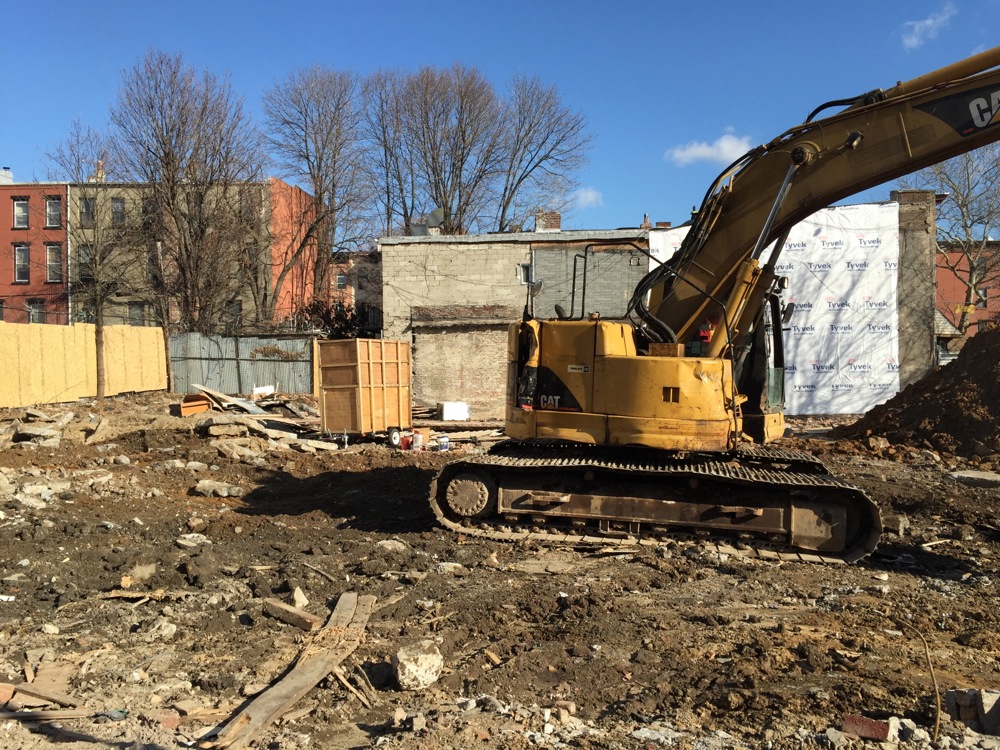
When we moved to eastern Bed Stuy five years ago, our block was sleepy and quiet. Most of the houses are only three stories high, and there were quite a few empty lots as well as a pretty community garden. We liked the “land that time forgot” feel, as well as the big expanses of sky.
Now, as of about a month ago, there are four active construction sites on our block. It’s not an isolated phenomenon: Bed Stuy and Bushwick exploded with construction about a year ago. Many crews kept working even through this extraordinary, snow-covered winter, and now that the snow has finally melted, we see exterior work resuming at a brisk pace. (Above, construction work at 420 Tompkins.)
One of our neighbors recently complained that vibrations from a digger had dislodged a big-screen TV from her wall. She was relieved none of her kids were hurt, but the TV broke and so did the coffee table it landed on. We also heard from another neighbor several blocks away, who said digging at a site next door caused such intense vibrations — like an earthquake — that neighbors on the block came pouring out of their houses to see what was going on.
And of course, we often hear of excavations — even permitted ones — that cause severe structural damage to neighboring houses, which then have to be evacuated, sometimes permanently.
So we have two questions for you. One, is there construction on your block right now? And two, what can you do to protect yourself and your house against potential structural damage?

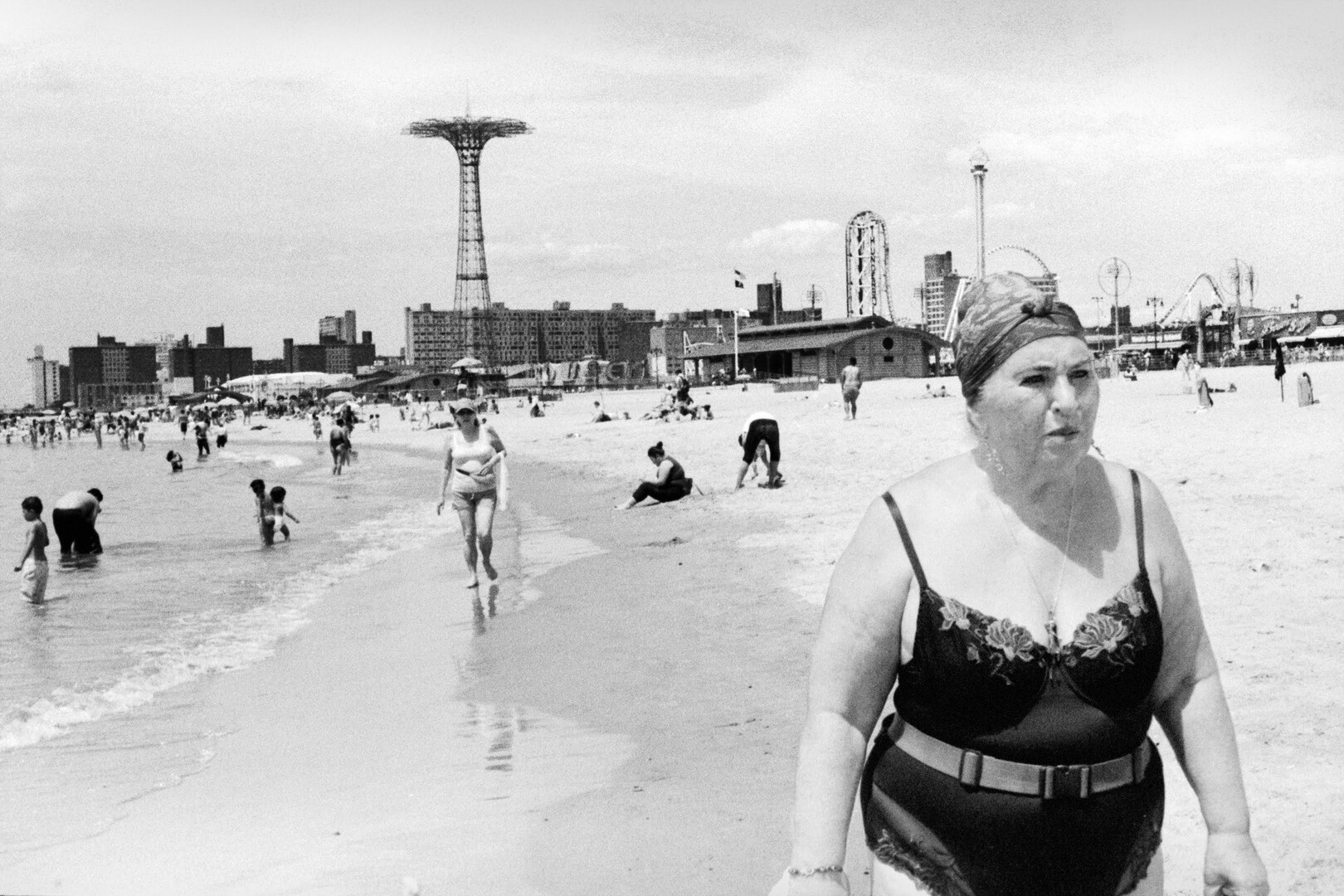
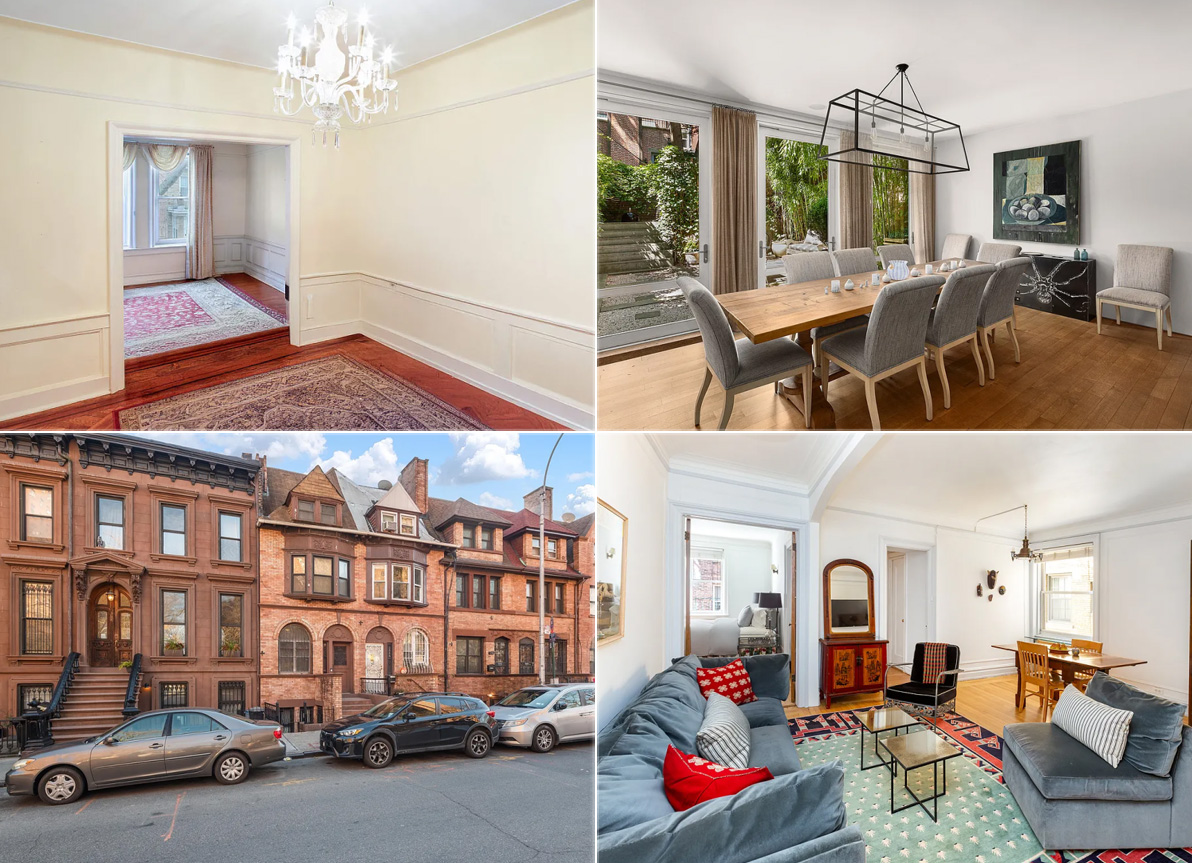
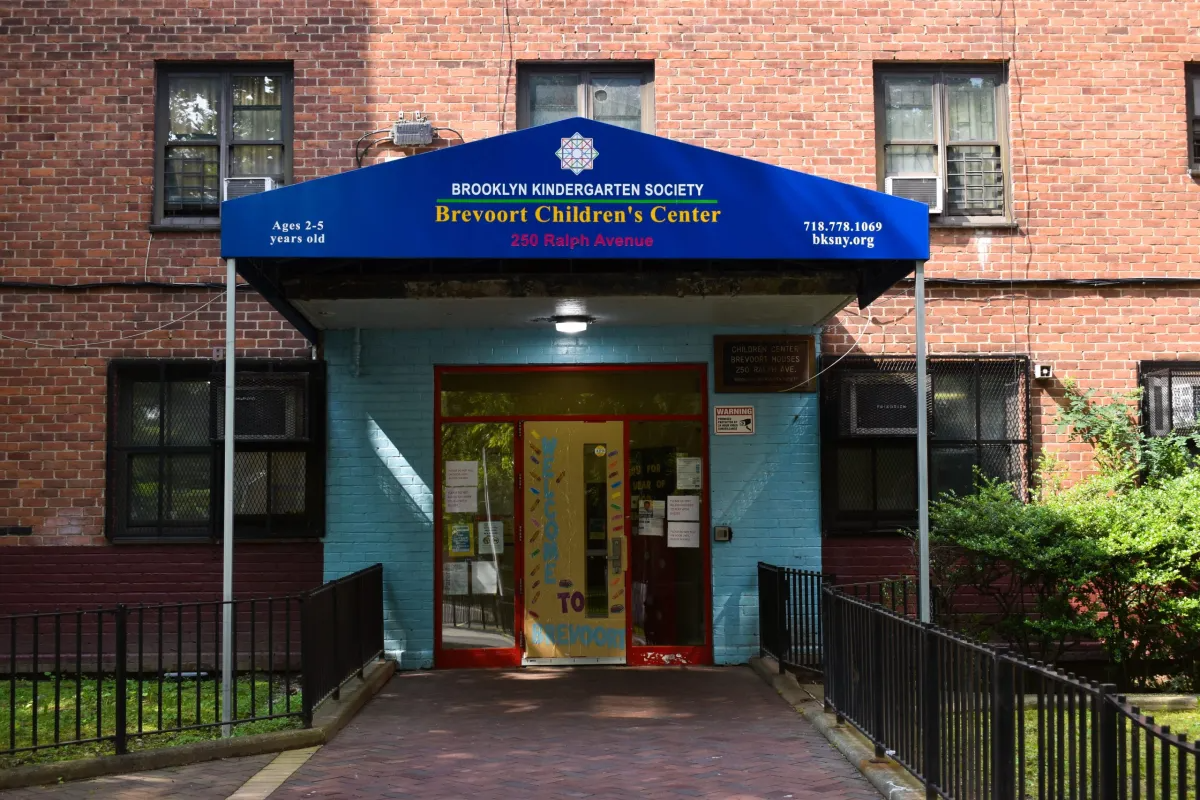
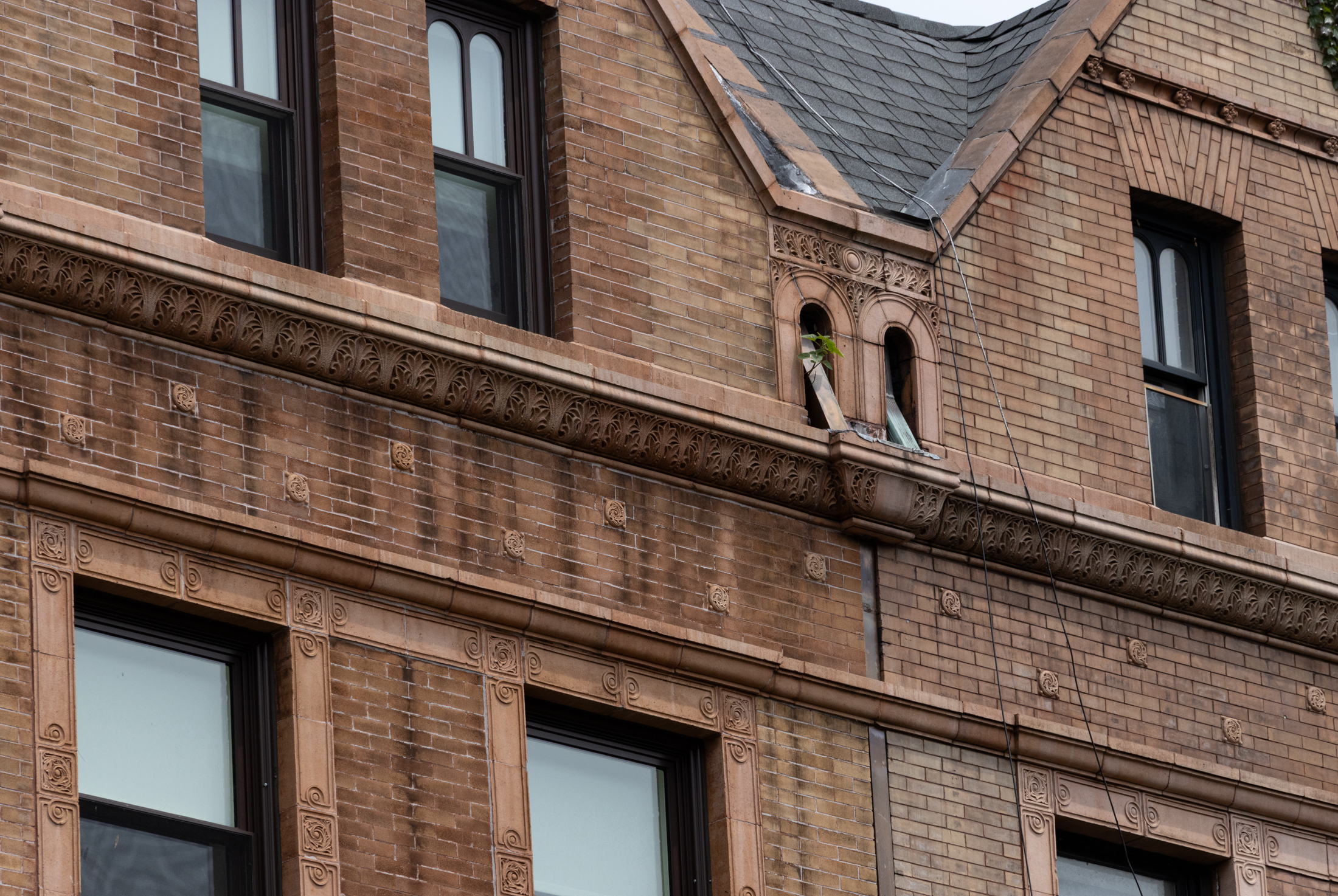
Yes, there are two projects (likely condo units) going up on our block at present (we’ve had 4 others completed within the last 6-8 years or so). It’s not as disruptive as it could be, though, which is a relief. Having written that, we do see an increase in rat activity on the block, though they seem to be more of a problem on certain parts of the block vs. others.
I own a house next to the large construction site on 4th Avenue and 11th Street in Park Slope/Gowanus (depending who you ask). In order to protect our property we hired an attorney and an engineer, which basically the developer is paying for. They installed a monitored seismic detector in the basement, which makes us feel a whole lot better, and they’ve underpinned the house. After the developer tried to snow us in the beginning, our attorney and engineer straightened them out that they weren’t dealing with idiots. Since then the developer has been mostly polite. They don’t want stop orders slowing them down. All I can say is representation really matters when this is happening around you.
lenox road here. there’s no new construction yet but 2 empty lots and a big demolition project at the end of the block (the 3 wood frames on bedford ave that are coming down). i live in a large brick apartment building so it doesn’t affect me much.. and the buildings on either sides of me are the same–unlikely to go anywhere any time soon. my building did, however, get its bricks repointed a while back. while i had to accept the noise i can’t imagine it must have been very pleasant for the residents of the adjacent building, who were not receiving the benefits of new window lintels
There is a 4 story rental building going up directly next to mine. During the excavation the vibrations were pretty intense at times. They dug around 15 feet down and then underpinned the foundations of both my house and the house on the other side. The neighbor on the other side of the site complained to the DOB. They issued a stop work order and they made the developers place a seismometer in both of our basements to measure if the levels of vibrations were acceptable or not. I’m guessing they were since the order was lifted. Other neighbors on the block also filed complaints and my tenant said it was “like an earthquake” one day when I wasn’t home.
My house was recently renovated, including some structural work, so it held up pretty well. The only thing I noticed was a small crack along the seams in an area drywall on the ceiling. It may have even been there before. My neighbor on the other side in an un-renovated house has told me about issues with various cracks in walls, ceilings and even the foundation walls. The developers have been in constant contact with both of us though and have taken care of any issues I have had.
The ‘cracks’ in sheetrock are probably not actual cracks or structural damage, but evidence of settling post-construction — between 2 pieces of sheetrock (you say you had a recent renovation). Buildings will shift and settle over the course of a year or two after a major renovation or new construction. Just re-spackle and re-paint and should be good as new!
I live on Pacific between Court and Boerum. There has been consistent construction on my block since 2003 when they expanded the NYSC. Then they started and stopped on 225 Pacific, then came the renovation of 216 (now Flavor Paper). Then 223 Pacific overlapped, and they started on the old Hannah Senesh school, converting that to condos, still ongoing. For the past two years, we’ve had construction at 210 Pacific, still ongoing, and now they are tearing out 216 Pacific. Oh, right, and the garage on the corner of Boerum and Pacific got demolished for a new townhouse. There’s no end in sight.
This is a really relevant topic in Clinton Hill, as well. This Times article was my starting point in researching the issue recently: http://www.nytimes.com/2013/04/14/realestate/how-to-cope-with-a-neighbors-renovation.html I wound up talking to several engineers who specialize in the protection of older properties in NYC that are threatened by nearby construction. All recommended a pre-construction engineering survey of your property, to establish its condition immediately before construction began. These surveys aren’t very expensive, and include photos and a court-ready written report in the event that you do incur damage. These engineers also provide phone consultations if you need them, as the construction proceeds. If you need to litigate after the fact, or provide documentation to an insurance company, the engineer will testify on your behalf. There’s also a statute on the books compelling contractors whose work may impact structures in historic districts to install vibration monitors (if you want to spend the money, you can install them in your property, as well). This statute is enforced by DOB, when brought to its attention. In its next General Meeting on April 22, from 7-9 PM, the Society for Clinton Hill will be hosting a presentation by Mr. Donald Friedman, of Old Structures Engineering, addressing precisely these issues – and mentioning examples of potential damage caused by nearby construction in Brownstone Brooklyn. St. Joseph’s has been gracious enough to provide space for the meeting; as soon as we have the address and room number, that information will be available on the Society’s website at http://www.societyforclintonhill.org.
Interesting note – the state of NY allocated $2m to that triangle (i think last year) for the purpose of improving the public seating area and bike/pedestrian traffic. Expect retail to get even retailier!